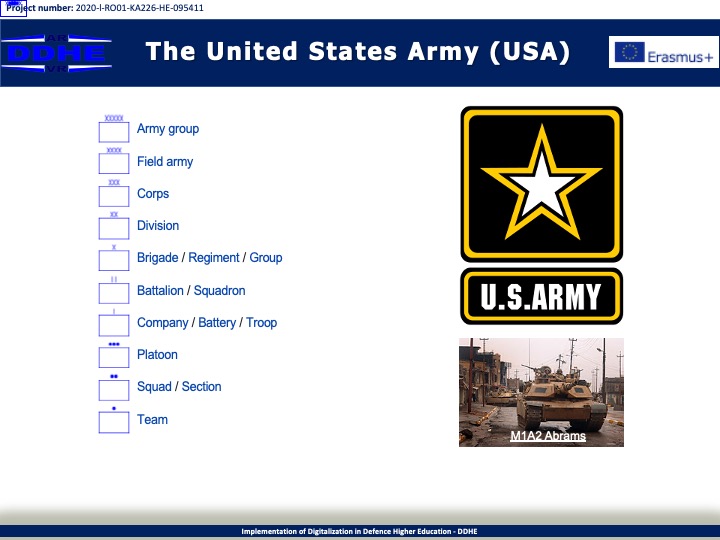
Structure
Pliki załączników
Structure
Presidential command over the U.S. Armed Forces is established in Article II in the Constitution whereby the president is named as the "Commander in Chief of the Army and Navy of the United States, and of the Militia of the several States, when called into the actual Service of the United States." The United States Armed Forces are split between two cabinet departments, with the Department of Defense serving as the primary cabinet department for military affairs and the Department of Homeland Security responsible for administering the United States Coast Guard.
The military chain of command flows from the President of the United States to the secretary of defense (for services under the Defense Department) or secretary of homeland security (for services under the Department of Homeland Security), ensuring civilian control of the military. Within the Department of Defense, the military departments (Department of the Army, United States Department of the Navy, and Department of the Air Force) are civilian led entities that oversee the coequal military service branches organized within each department. The military departments and services are responsible for organizing, training, and equipping forces, with the actual chain of command flowing through the unified combatant commands.
The Joint Chiefs of Staff, although outside the operational chain of command, is the senior-most military body in the United States Armed Forces. It is led by the Chairman of the Joint Chiefs of Staff, who is the military head of the armed forces and principal advisor to the president and secretary of defense on military matters. Their deputy is the Vice Chairman of the Joint Chiefs of Staff. Other members include the chief of staff of the Army, commandant of the Marine Corps, chief of naval operations, chief of staff of the Air Force, chief of space operations, and the chief of the National Guard Bureau. The commandant of the Coast Guard is not an official member of the Joint Chiefs, but sometimes attends meetings as the one of the military service chiefs. The Senior Enlisted Advisor to the Chairman is the most senior enlisted member in the United States Armed Forces.
Leadership of the Armed Forces, to include the president of the United States, Secretary of Defense, Secretary of Homeland Security and Chairman of the Joint Chiefs of Staff are members of the United States National Security Council, which advises the president on national security, military, and foreign policy matters. The National Security Advisor, Homeland Security Advisor, and the Deputy National Security Advisor may also be members of the United States Armed Forces. The National Security Council Deputies Committee also includes the Deputy Secretary of Defense, Deputy Secretary of Homeland Security, and Vice Chairman of the Joint Chiefs of Staff. Military leadership, including the Secretary of Defense, United States Secretary of Homeland Security, and Chairman of the Joint Chiefs of Staff also sit on the National Space Council
Treść jest rozpowszechniana na licencji Pewne Prawa Zastrzeżone Uznanie Autorstwa Na Tych Samych Warunkach 4.0